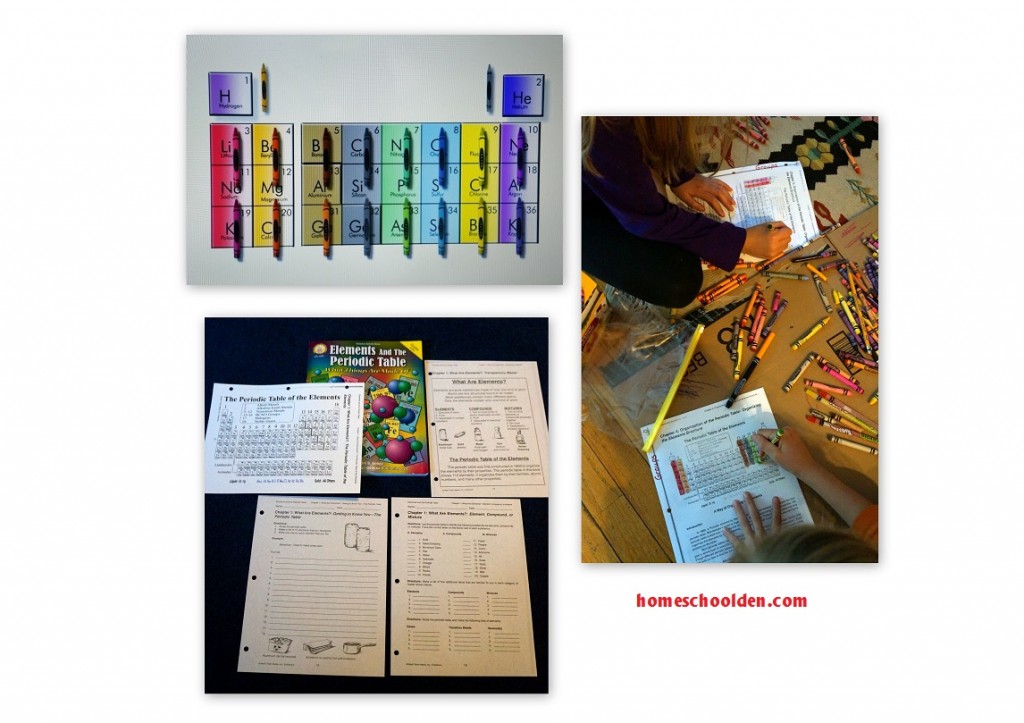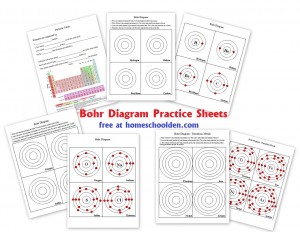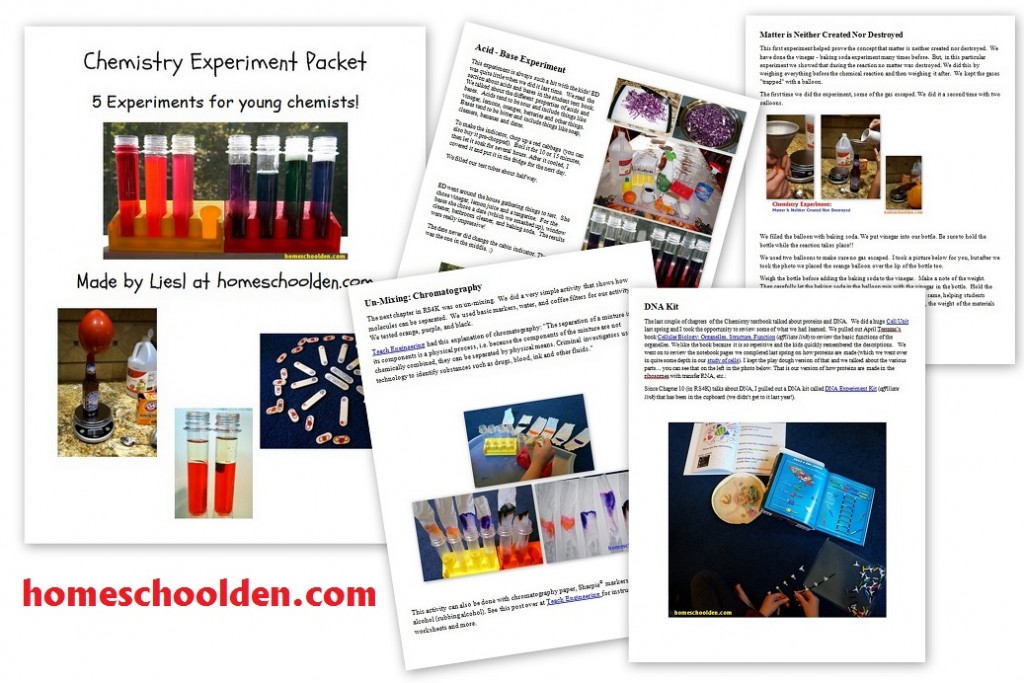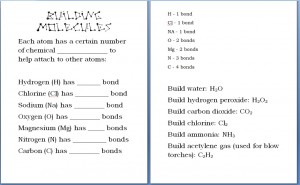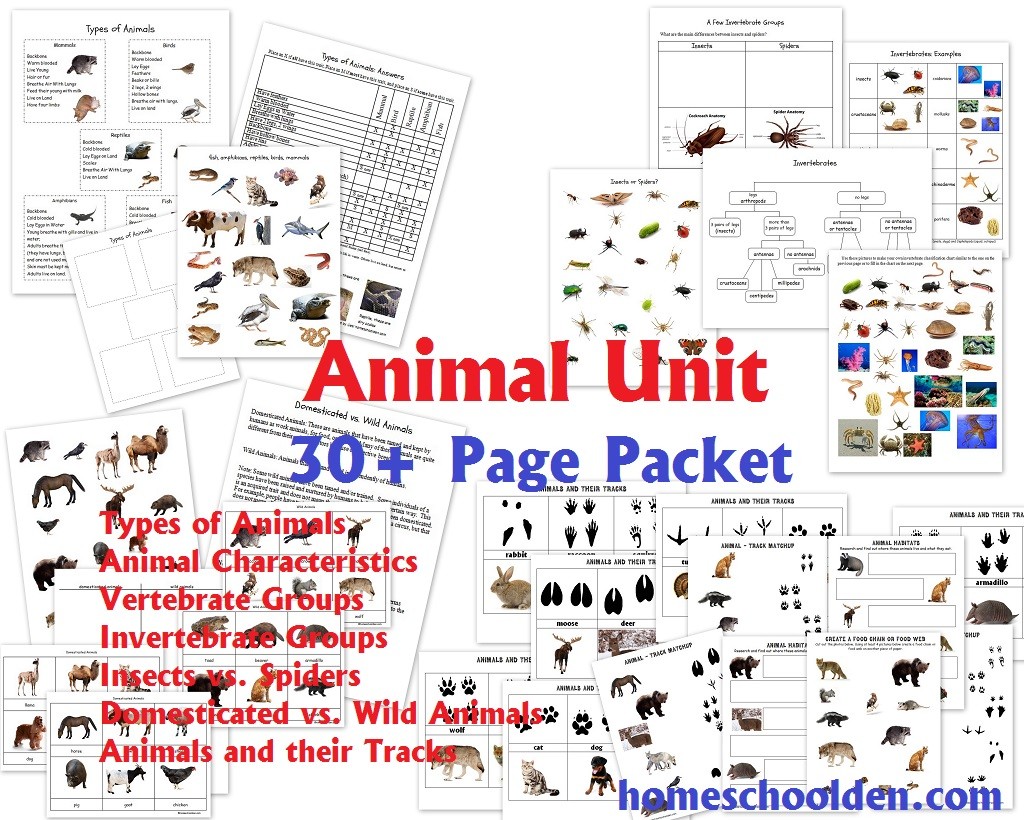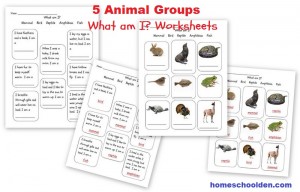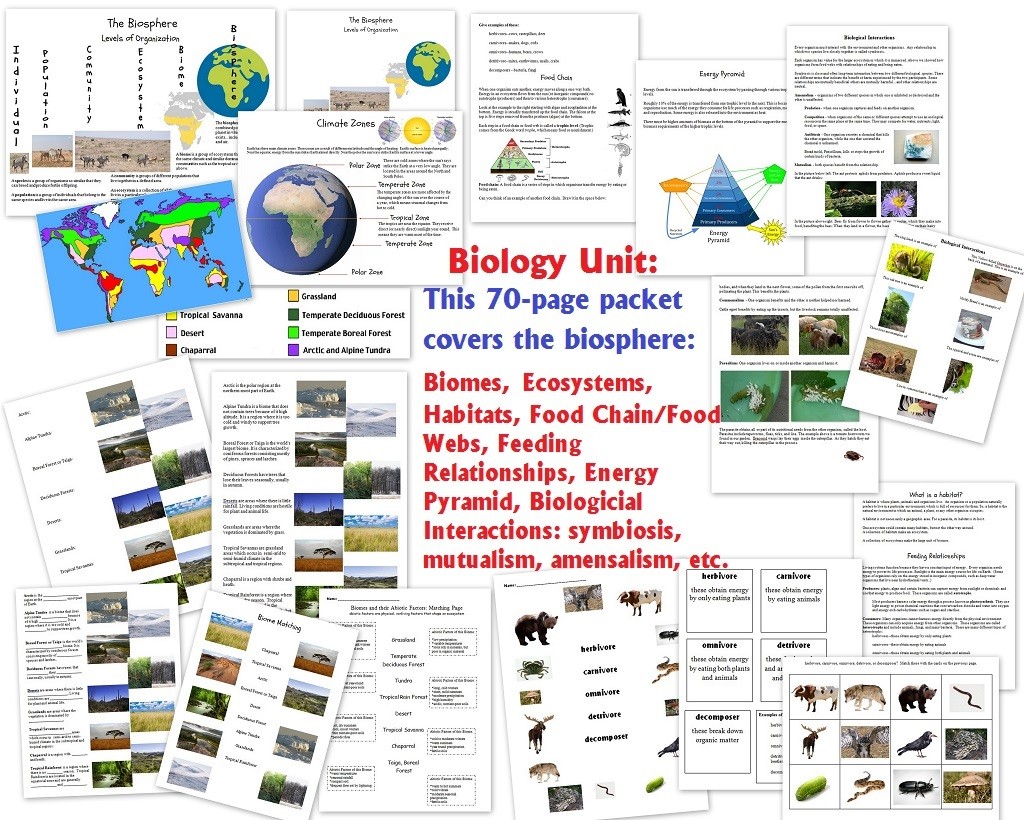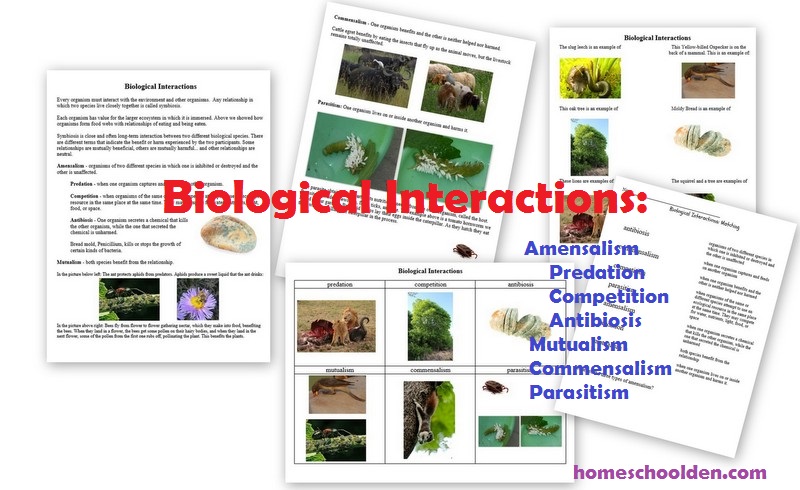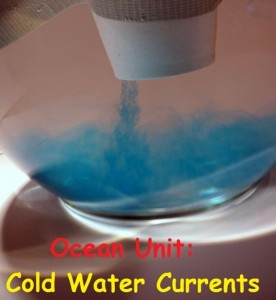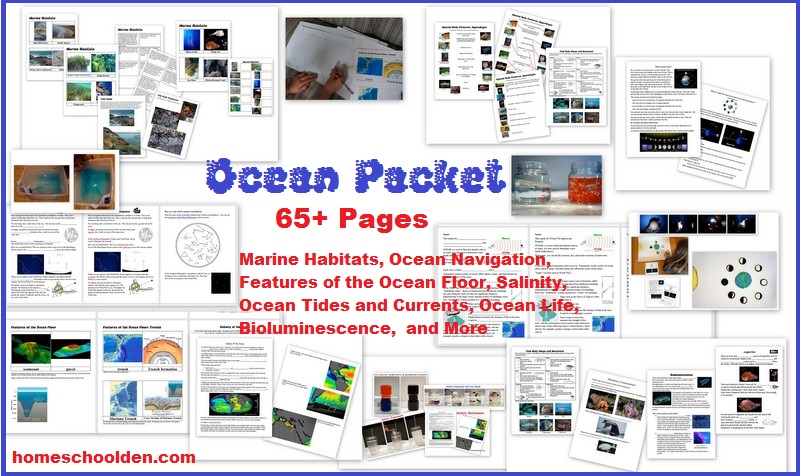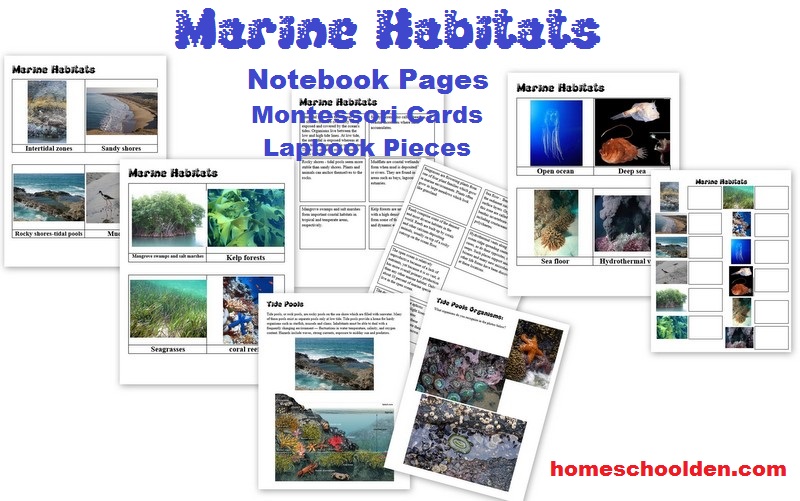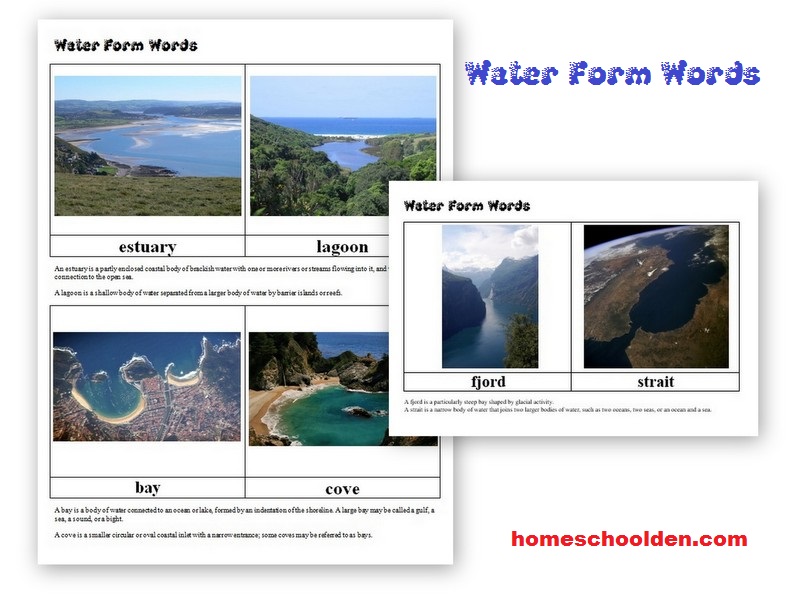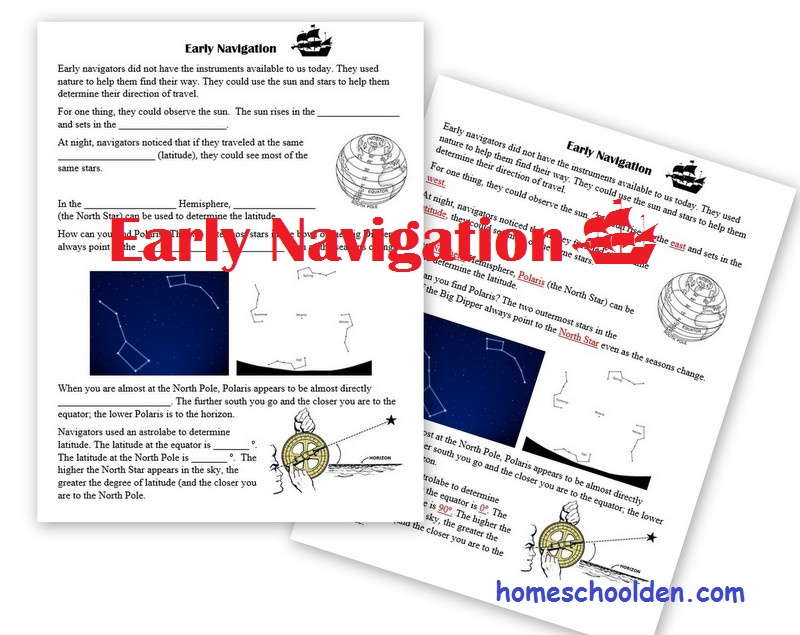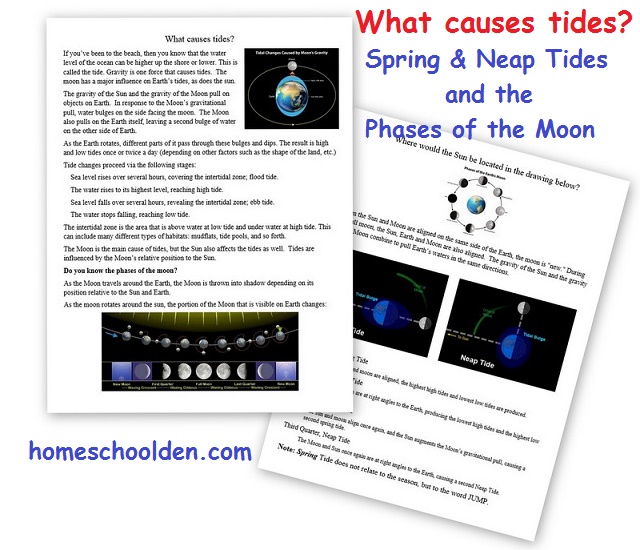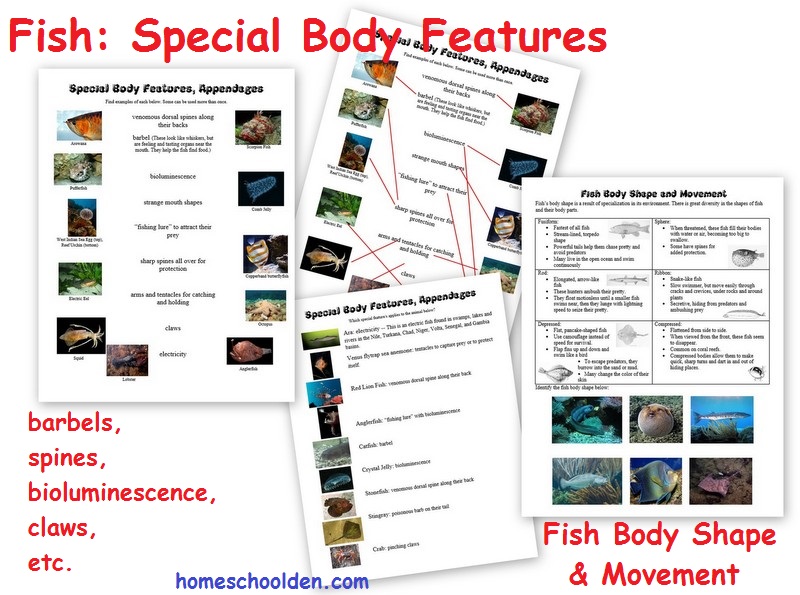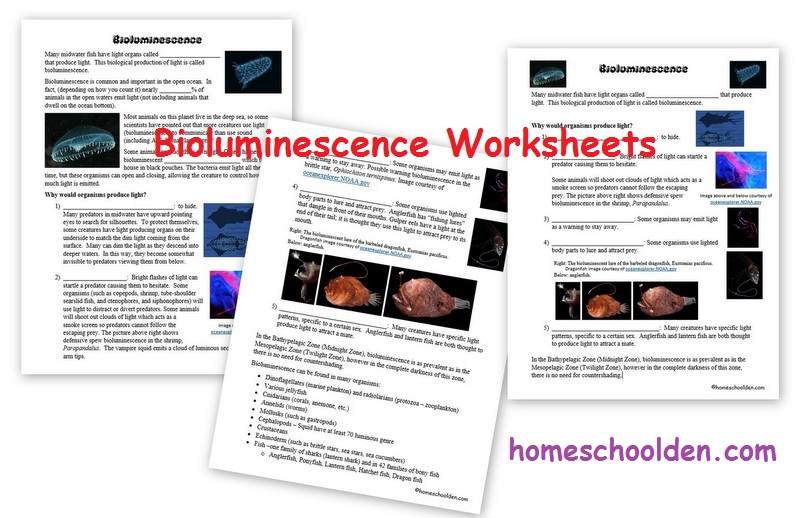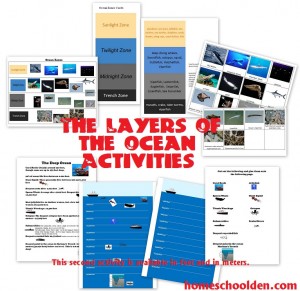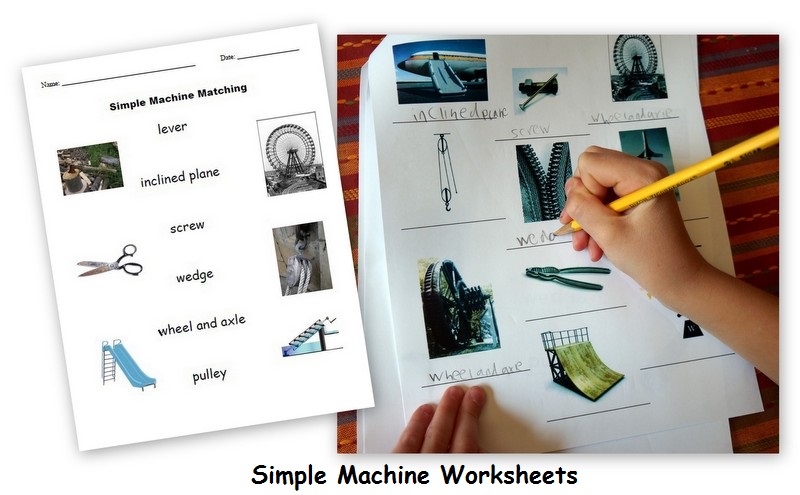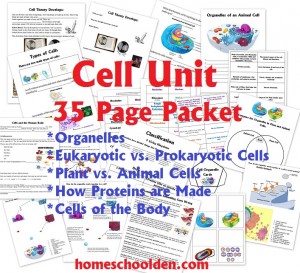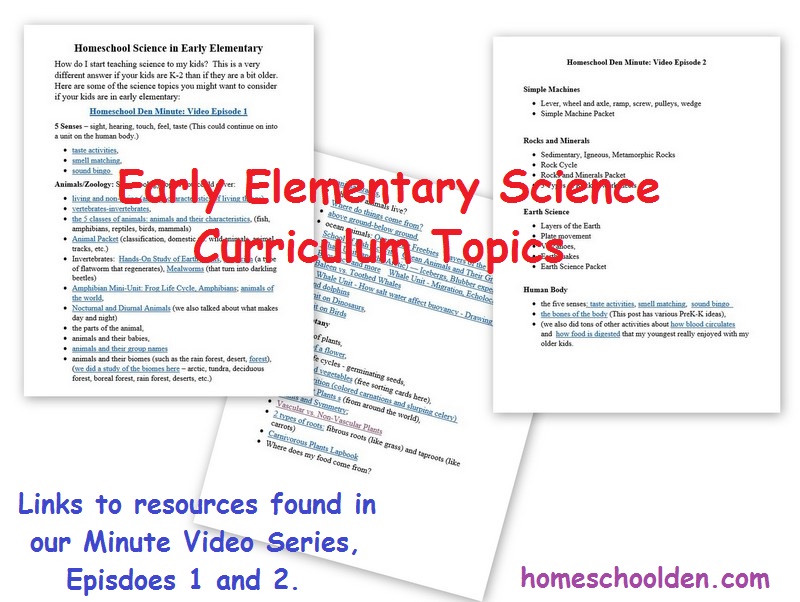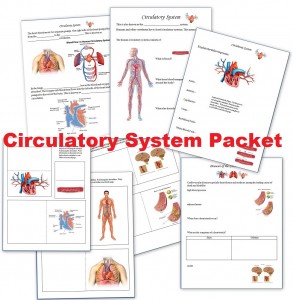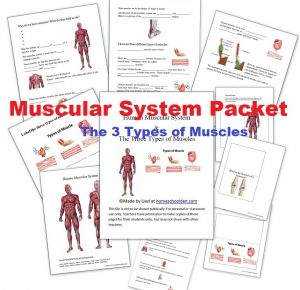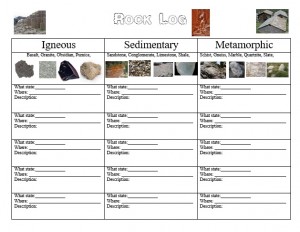Science Year in Review 2015-2016
Today I’m going to talk about the science units we covered in our homeschool this year AND what we didn’t get to because we ran out of time!!! My plans are always a bit more ambitious than what we actually cover, but even so it felt like we accomplished a lot! 🙂
This year the kids were in Grades 2, 5 and 7, but below you’ll also find some resources I put together for early elementary as well. We do our science units together, though as you’ll see below there are times when I do portions of the unit that are specifically for my older or younger kids.
Then at the bottom of the post (and related to science so I’ll include it here!), I started dabbling in putting short videos together. I learned SO much about video editing (and getting brave enough to be in front of the camera!!). More about that at the end of this post! 🙂
So first our science units this year:
Chemistry UnitLast fall we started off with a unit on chemistry. We used several books and a DVD series as the spine of this unit. The kids learned about many of the great scientists, whose work led to great advances in the understanding of chemistry.
Here are some Chemistry Posts from when we covered chemistry a couple of years ago:
|
Animal UnitBefore we launched into a study of the biosphere, we did a unit on animals — focusing on the animal classification, animal characteristics, and the 5 animal groups. We also went over the invertebrate groups and spent time talking about insects vs. spiders again. Finally, we also talked about domesticated vs. wild animals and did some activities about animal tracks (which was especially fun because it was winter and we were able to find a lot of different animal tracks in the snow! You can find out more about our animal unit here: |
Earth’s Four Systems: Atmosphere, Geosphere (Earth Science Unit), Biosphere, HydrosphereAfter our chemistry unit, we spent time talking about Earth’s 4 Systems. These are the free notebook pages going over the 4 major Earth systems: Last year, we spent a lot of time studying Earth Science: Last year, we spent a lot of time studying Earth Science: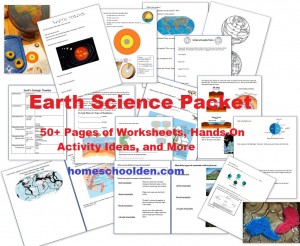 And a couple of years we went over the atmosphere – the layers of the atmosphere, air, etc. (and did some fun hands-on experiments about air — that air has weight, hot air rises and more): And a couple of years we went over the atmosphere – the layers of the atmosphere, air, etc. (and did some fun hands-on experiments about air — that air has weight, hot air rises and more):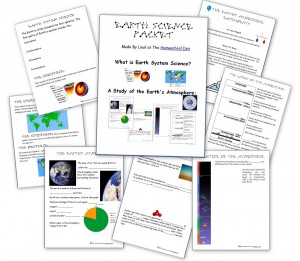 This year we studied the other two major Earth Systems in depth: This year we studied the other two major Earth Systems in depth:
|
Biology Unit – Biosphere – Biomes, Habitats
You can find out more about our Biology Unit (the Biosphere) here. |
Ocean UnitThis was such a fun unit to put together! I spent nearly 6 months putting this curriculum together for the kids. We then spent about six or seven weeks on this unit.. and we all learned so much!! I kept adding in more and more… and the packet wound up being close to 80 pages in the end!! We did a ton of hands-on activities. I think the highlights were learning about the tides–not just the daily tides but the monthly spring and neap tides as well) and the salinity experiments. We talked a lot about some of the history of ocean navigation and the kids *really* had fun with the ocean depth activity for finding the features of the ocean floor. (DD asked me to set up the blanket to do this activity again recently!!) You can find out more about our Ocean Packet here (all our hands-on activities are included in the packet as well): Marine Habitats:
Ocean Tides and Currents (and activity ideas): |
Review:Simple MachinesIt has been a couple years since we did our Simple Machines unit. We all spent a couple of days reviewing the six types of Simple Machines: This spring I also started putting together a series of videos. This Simple Machines was one of our one minute videos. 🙂 Cell UnitWe also spent some time going over the organelles of the cells (that was from our Cell Unit last year). ED and I spent several days reading April Terrazas’s book Cellular Biology: Organelles, Structure, Function (affiliate link) again. It is very effective for learning (and reviewing!!) the functions of the organelles (though it might feel too simplistic if you have older kids). I personally think highly of the book and even had DD and LD read it daily for several days. 🙂 You can find out more about last year’s cell unit here. This year we didn’t go into detail about how proteins form and some of the things we went over last year. I’ll need to go over that next year again. 🙂 |
Science Topics: Early ElementaryOne of my goals this year was to put together a list of science topics we covered when the kids were roughly ages 4 to 6. I put together a video as well as a checklist with links to the various science topics we covered in those early elementary years!
Free Early Elementary Science Checklist: |
Now what we didn’t get to this year…Human Body UnitsUsually we try to cover one of the human body systems, but this year we ran out of time!! So, now you know exactly what we’ll start with next fall!! :)Normally, I like to start with a review of the Human Body Systems and then spend time focusing in depth on one of the body systems.
Natural Disaster Unit:We also ran out of time for the Natural Disasters Unit I was hoping to do with ED. We’ll probably cover that sometime next fall as well, but I shared the Natural Disasters Packet I made just a few days ago. It’s currently FREE to download. 🙂 I’ll probably add to it when we actually get to this unit. |
This summer we have a Travel Log book that we’ll be using as we do a long trip out west. (I’ll be sharing this free 40 page packet of materials on May 25th)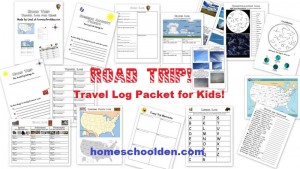 We’ll be studying various topics along the way such as clouds (I actually shared our Cloud worksheets already here, if you’re interested!) We’ll be studying various topics along the way such as clouds (I actually shared our Cloud worksheets already here, if you’re interested!)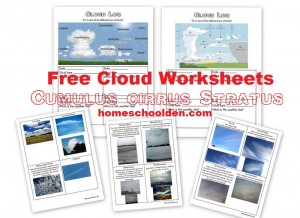
3 Types of Rocks – We’ll also be visiting some really amazing geology features this summer, so we’ll be looking for examples of the three types of rocks (and noting it in our Rock Log) this summer! |
You might be interested in browsing through all of our homeschool Science Units here.
You might be interested in this Science Checklist of units and topics I hope to cover in elementary and middle school:
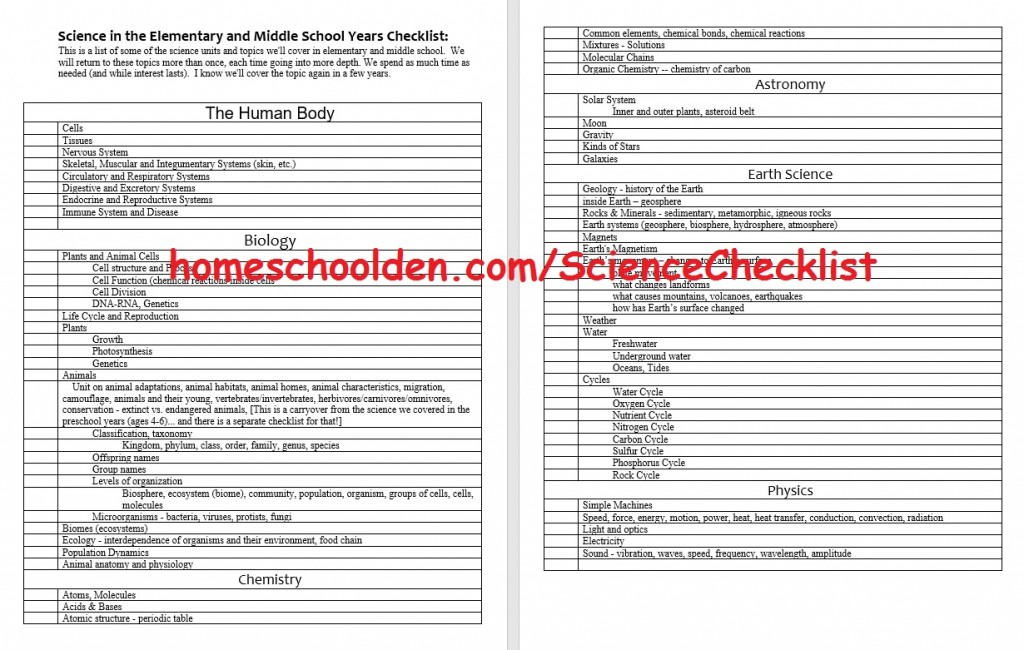
So that’s about it for today! See you again soon here or Homeschool Den Facebook page. Don’t forget to Subscribe to our Homeschool Den Newsletter! ~Liesl
Disclosure: Please note that some of the links in this post are affiliate links, and at no additional cost to you, I will earn a commission if you decide to make a purchase. If you do click over, thanks for supporting our blog!
